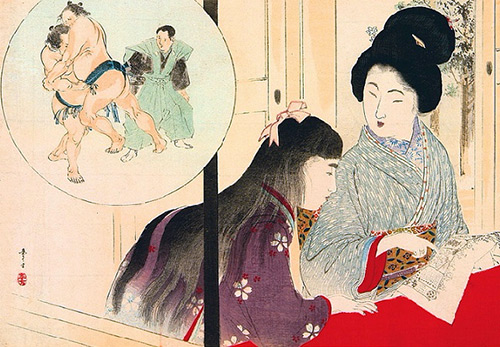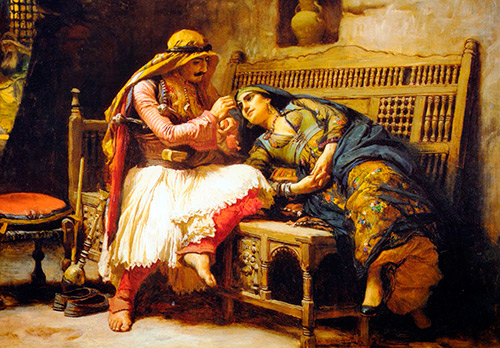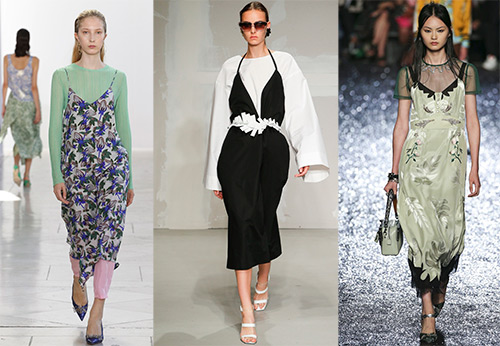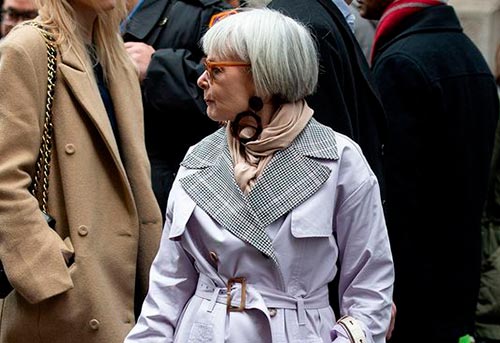Fashion history
Warm dressing gown and luxurious oriental robe in history
For centuries, the robe has been an integral part of not only women's but also men's wardrobe. Comfortable, beautiful, silk or terry, chintz or satin, a robe is the best part of our wardrobe, which brings warmth, comfort, beauty and luxury into everyday life, as well as a sense of relaxation and, to some extent, relaxation.
So, when and where did this type of clothing appear? The robe has been the main garment in the East since ancient times. Initially, it was loose with wide sleeves, long-length without buttons, and therefore was girded with a belt. It was worn as outerwear by both men and women. The robe was an essential part of even the poorest wardrobe, and its absence meant extreme poverty.
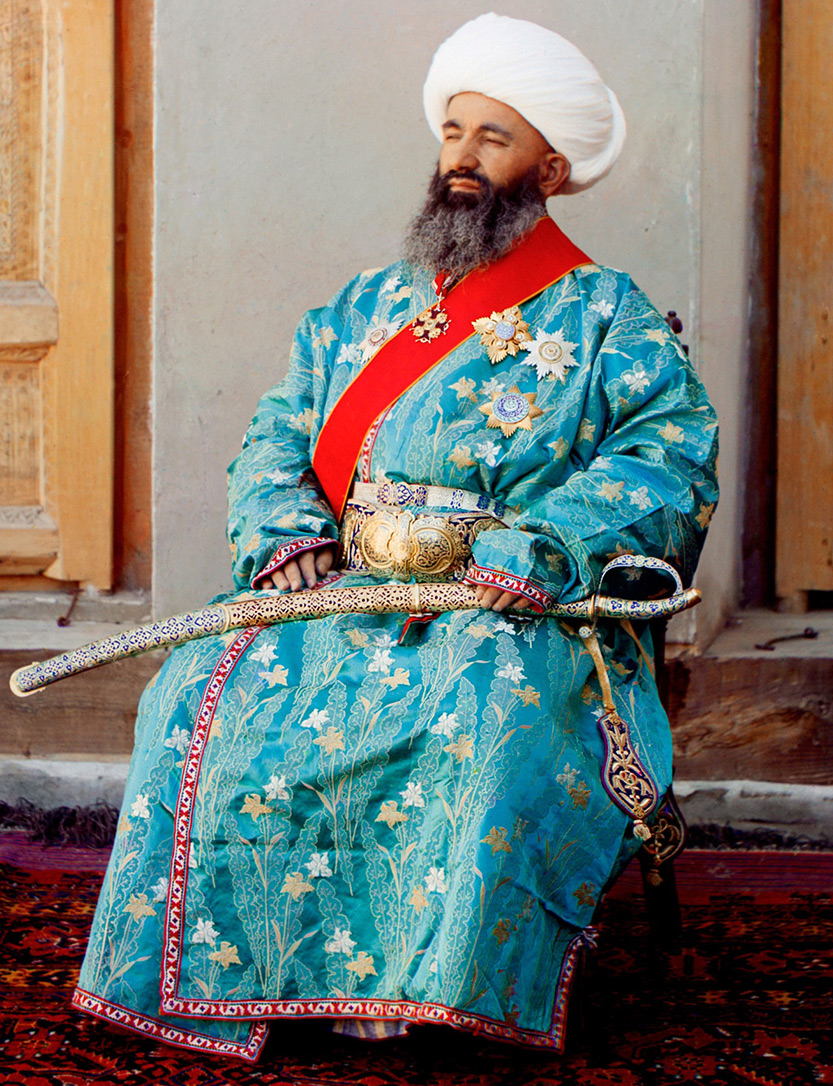
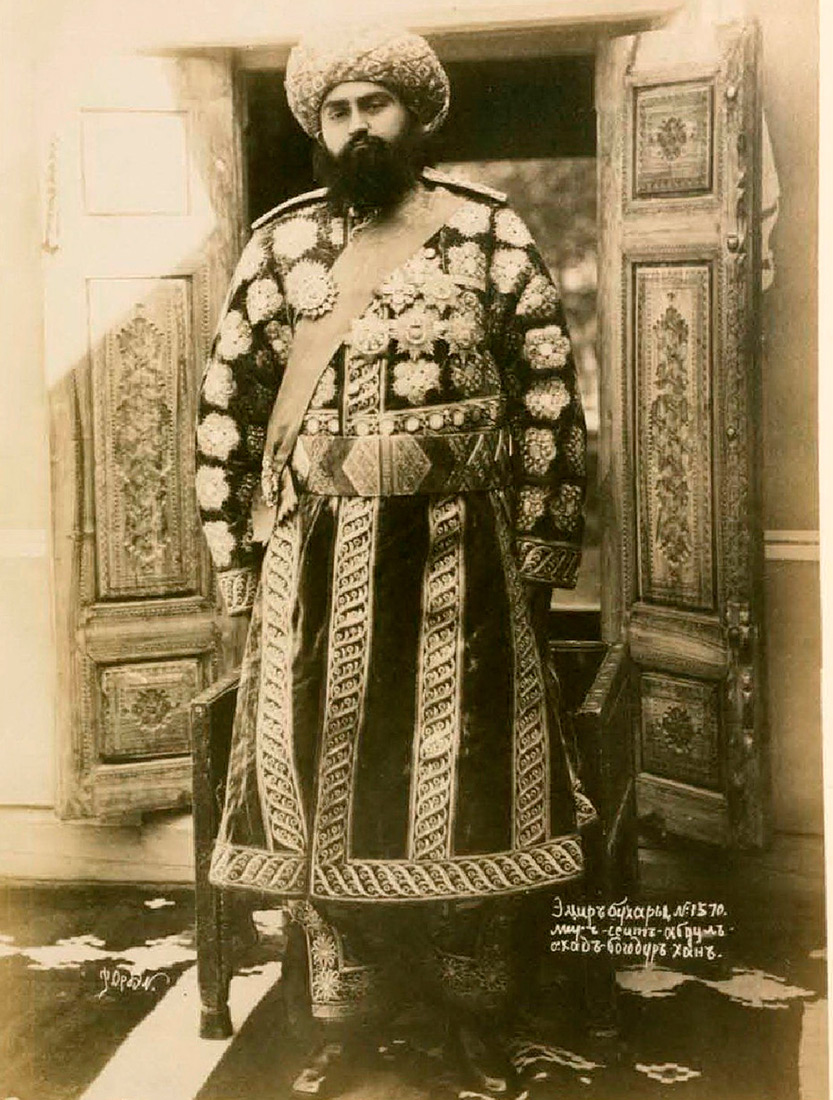
The wealthier sewed a dressing gown of silk or velvet fabric. The patterns on the fabric had their own characteristics, depending on popular beliefs and culture. Sometimes they were distinguished by high craftsmanship and were a work of art.
The cut of the robe has changed over the centuries. It became now narrower, now wider, was single-breasted or double-breasted, with and without a fastener, with slits on the sides and with various types of collars. But the silk robe richly decorated with embroidery and precious stones has always been considered the height of luxury.
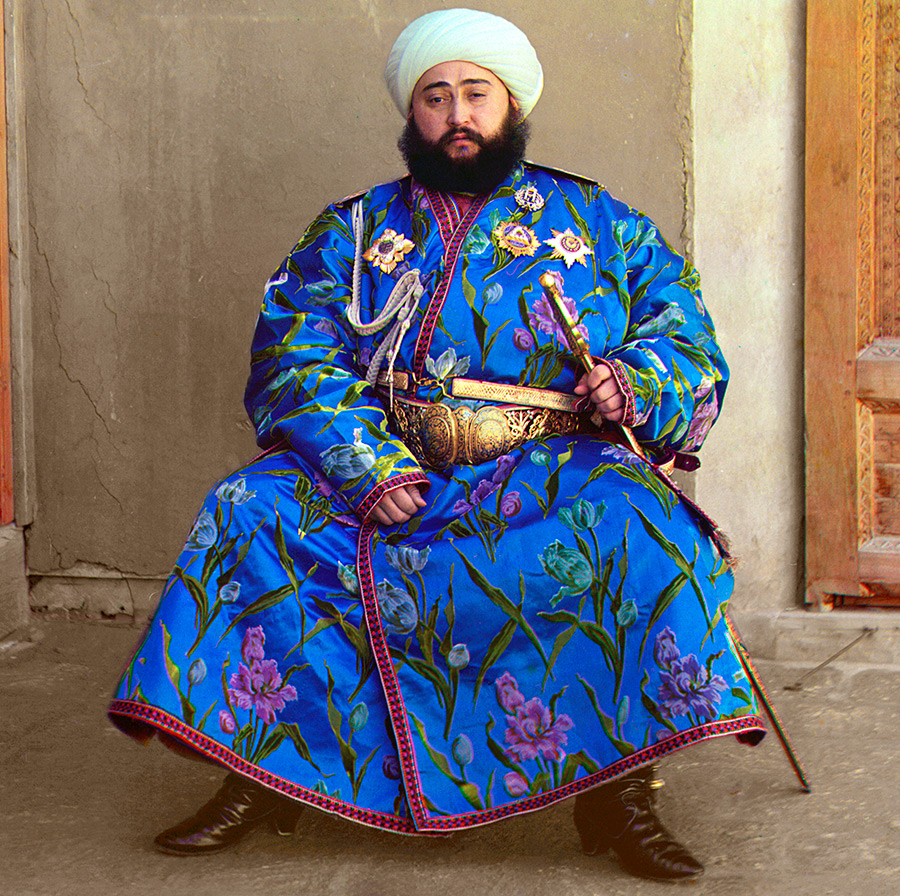
Robes were such a valuable piece of clothing that they even served as a reward, which the rulers of the East presented or rewarded to their entourage. In China, squares with the image of birds were sewn onto the robes of officials, depending on the rank, for example, a crane was a bird for a high rank, and a forty for a lower one.
The robes of the emperors were embroidered in the form of dragons. The ancient Chinese deified nature, flora and fauna and transferred them to ornaments in the form of images of animals and plants. All motives carried a secret meaning, even a fluttering butterfly on flowers meant love, and butterflies lurking in flowers meant love experiences.
The robe was brought to Europe from Turkey. The endless wars of the countries of Europe, especially Hungary, with Turkey, served to spread the eastern objects of art, including clothing. Thus, in the 17th century, Europe put on robes, although this type of clothing had previously penetrated the territory of many European countries.
The East has repeatedly burst into fashion in the form of oriental motifs, shawls, patterns, interior decoration, turbans, and dressing gowns. At the end of the 19th century, satin robes with kimono sleeves and oriental designs became popular.
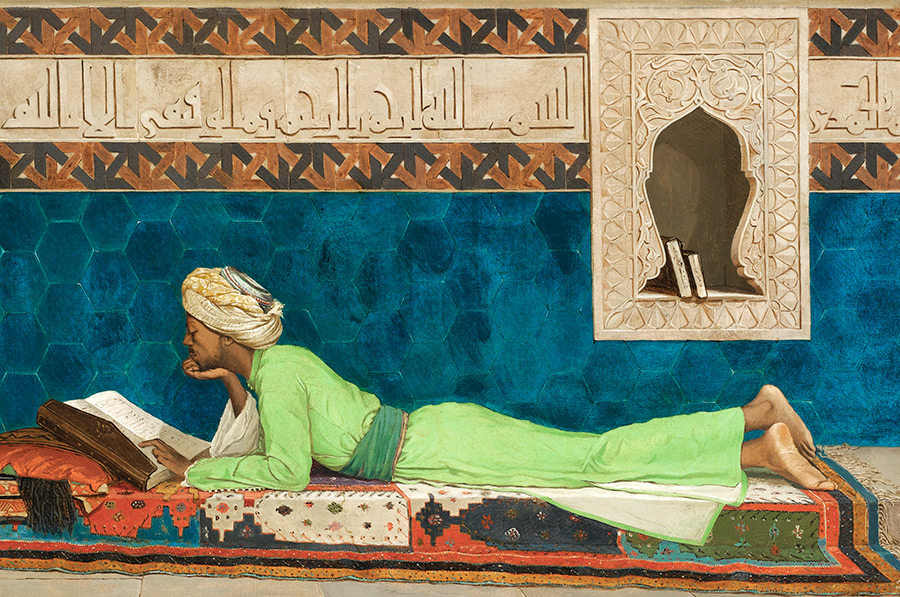
The fashion for "Turkish dress" has also come to Russia. Long, almost toe-length, robes with a shawl collar were worn by Russian nobles. More than once in the famous works of Russian classics, a robe made of velvet or silk is mentioned.
The appearance of a man in a domestic circle in a dressing gown was not considered shameful, but even, on the contrary, it was lordly idle clothes that were worn over shirts and trousers. Remember Goncharovsky Oblomov or the paintings of Russian artists, where the nobles, both the rich and the impoverished, were portrayed in robes. Unless only paintings, the robe was mentioned even in poetry:
“Our life towards old age is a worn-out robe.
And it's a shame to wear it, and a pity to leave it.
We got along with him for a long time, like a brother with a brother,
You can't fix us and fix us again ... ”P.A. Vyazemsky.
And it's a shame to wear it, and a pity to leave it.
We got along with him for a long time, like a brother with a brother,
You can't fix us and fix us again ... ”P.A. Vyazemsky.
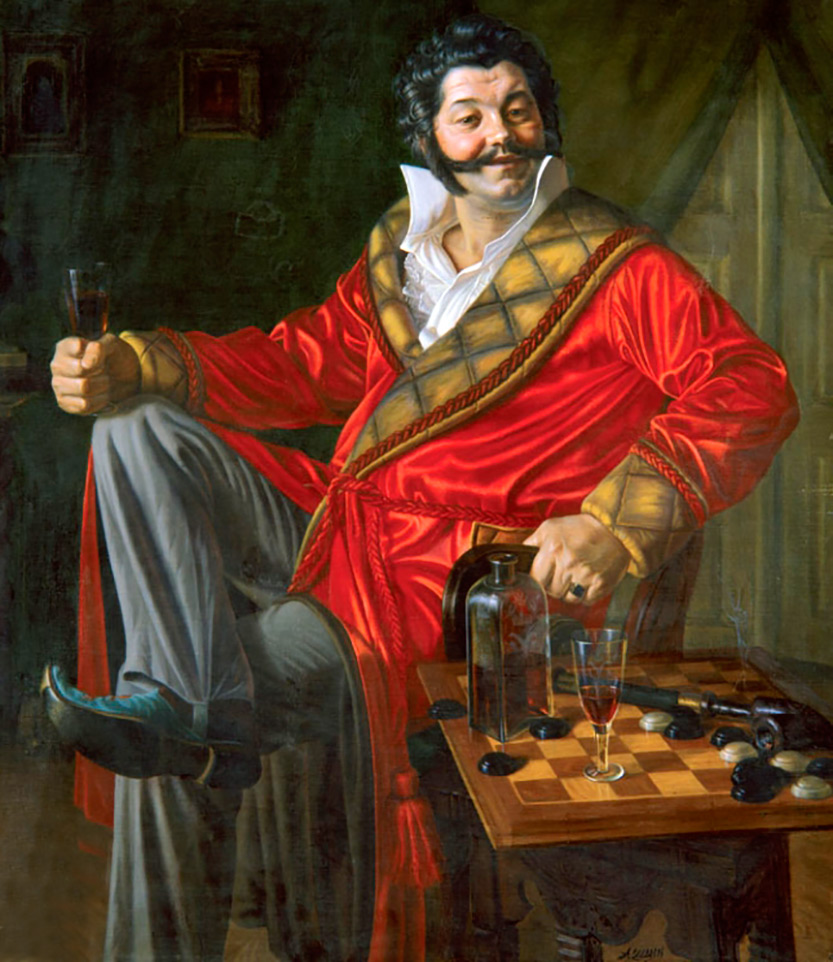
Dressing gowns on men and women looked equally luxurious or just like a rich home outfit. But gradually, already in the USSR, men took off inappropriate clothes as a relic of the past, as a sign of a lordly lifestyle.
Women stayed true to beauty longer, and silk chinese robe with dragon on the back he adorned residents of communal apartments even in the 50s, when, after Mao's arrival in Moscow, all shop counters bloomed with bright colors of Chinese goods. But this time has flown by. In the 1960s and beyond, many women, more often than not, instead of an elegant silk dressing gown turned out to be a slovenly worn-out dressing gown, in which it was a shame to meet a guest who suddenly accidentally entered.

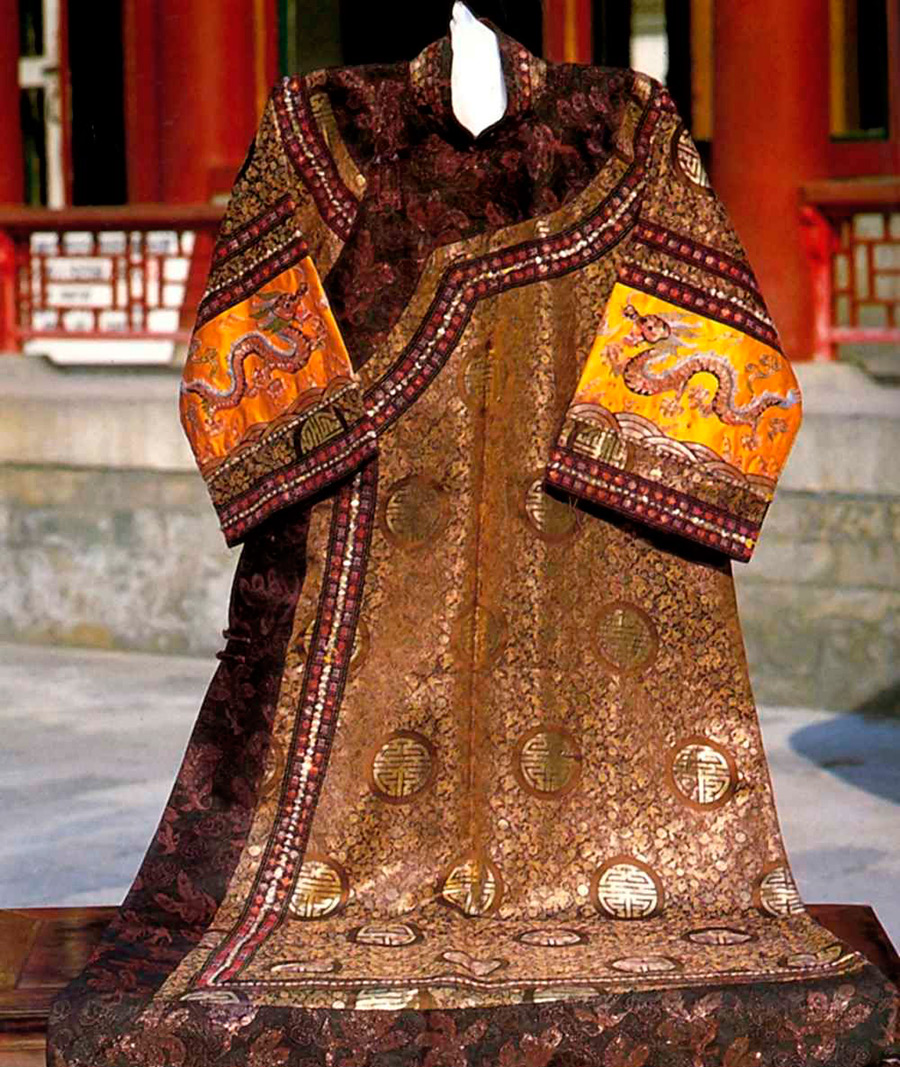
Much has changed since then. The robe was involved in the emergence of the safari dress, which appeared in the 70s of the last century. It became a hybrid of a robe and a military trench coat. Safari dress with unfastened buttoned shelves, comfortable fit and thin fabric, and at the same time shoulder straps and pockets, belt and khaki shades.
So instead of simple, rude clothes, women put on an elegant, and even romantic outfit. This dress-robe was originally designed for travel, and models from the collection of Yves Saint Laurent (1968) brought him popularity.
In 1972, Diane von Fürstenberg came up with another robe story. Her famous model with a wrap and tie straps is also related to a robe. This model turned out to be appropriate both in the everyday version with sandals, and in the evening - with high stilettos. The cut of the dress was suitable for any figure, the dress was quickly removed and also quickly put on. First, the material for this dress was Italian cotton jersey, which was well-fitted and had wrinkle-free qualities.
And then Diana went to China for Chinese silk. Here she worked with Chinese craftsmen to develop a silk jersey. Floral prints were depicted on the fabric, in which it was easy to recognize those cute and delicate colors and prints of oriental robes.
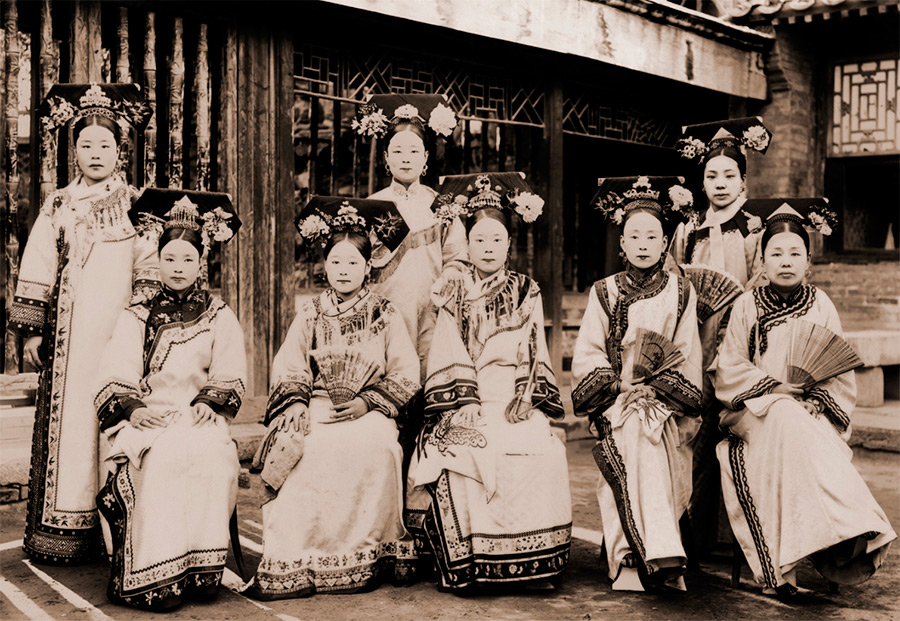
Today, robes are sewn from various fabrics, and they again have the same purpose from which they began their existence. They have become both luxurious and comfortable for relaxation. Dressing gowns are sewn from terry fabrics, flannel, chintz, silk, satin.
The Japanese robe is a comfortable and beautiful dress for the home, it will add bright colors and elegance to everyday life. A Chinese robe with a golden dragon on the back is no less beautiful.
The dressing gown again fulfills its main task - it has become a piece of clothing for home rest. Its main property is not to restrain movement, to sit gently on the figure. They drink their morning coffee in bathrobes, put it on after a shower, and comfortably sit in it on a soft sofa with their favorite magazine in the evening.
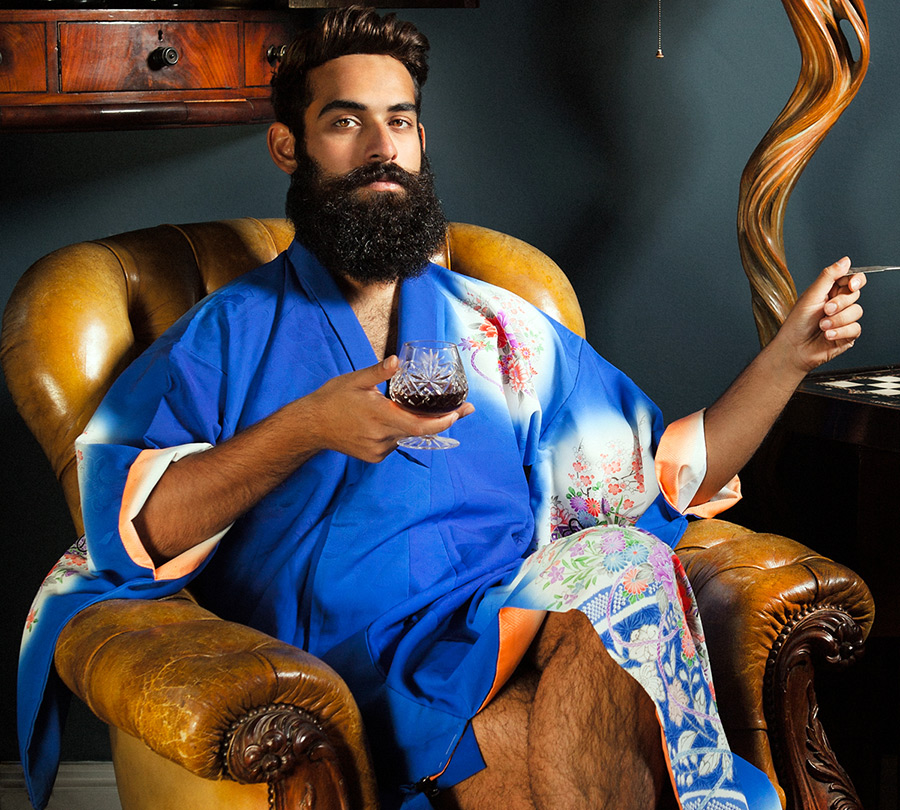
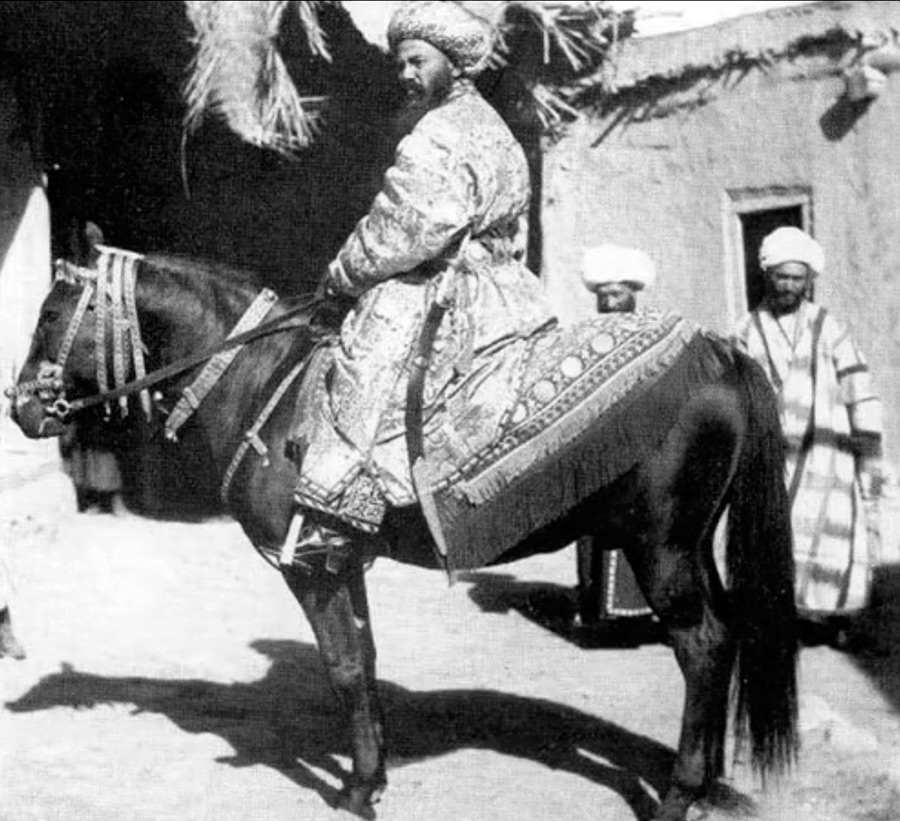
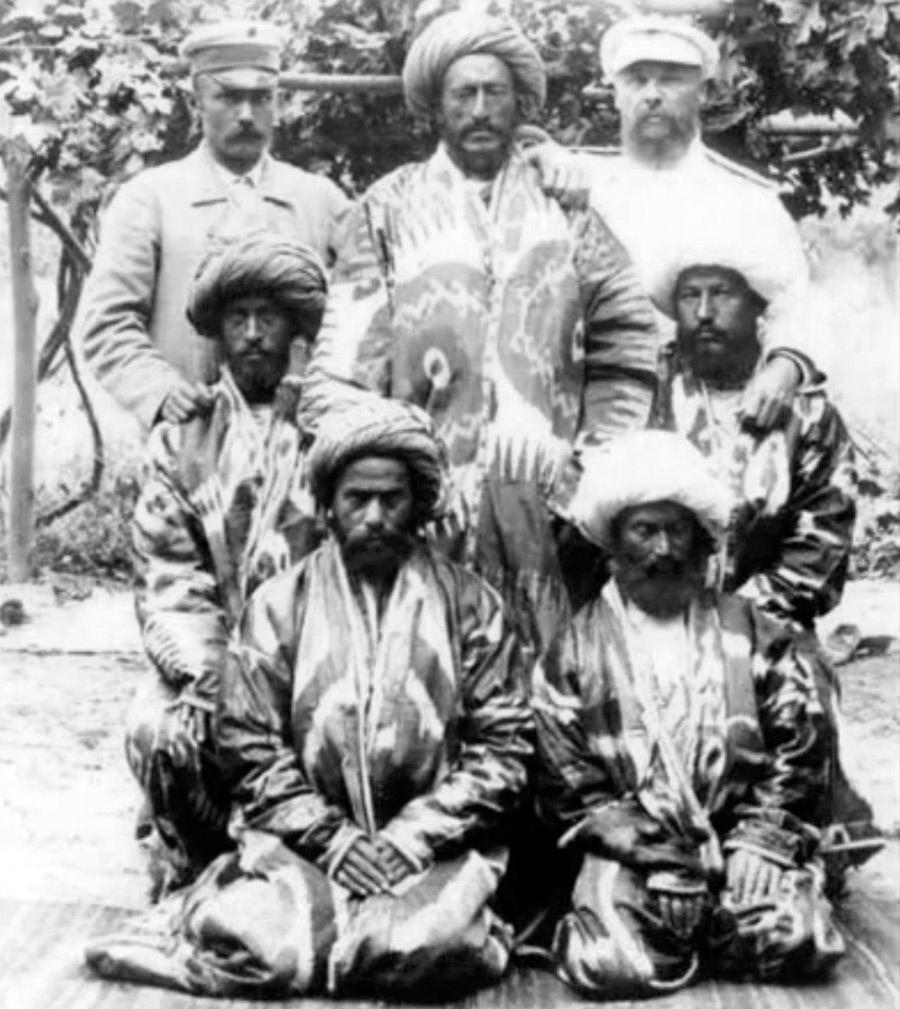
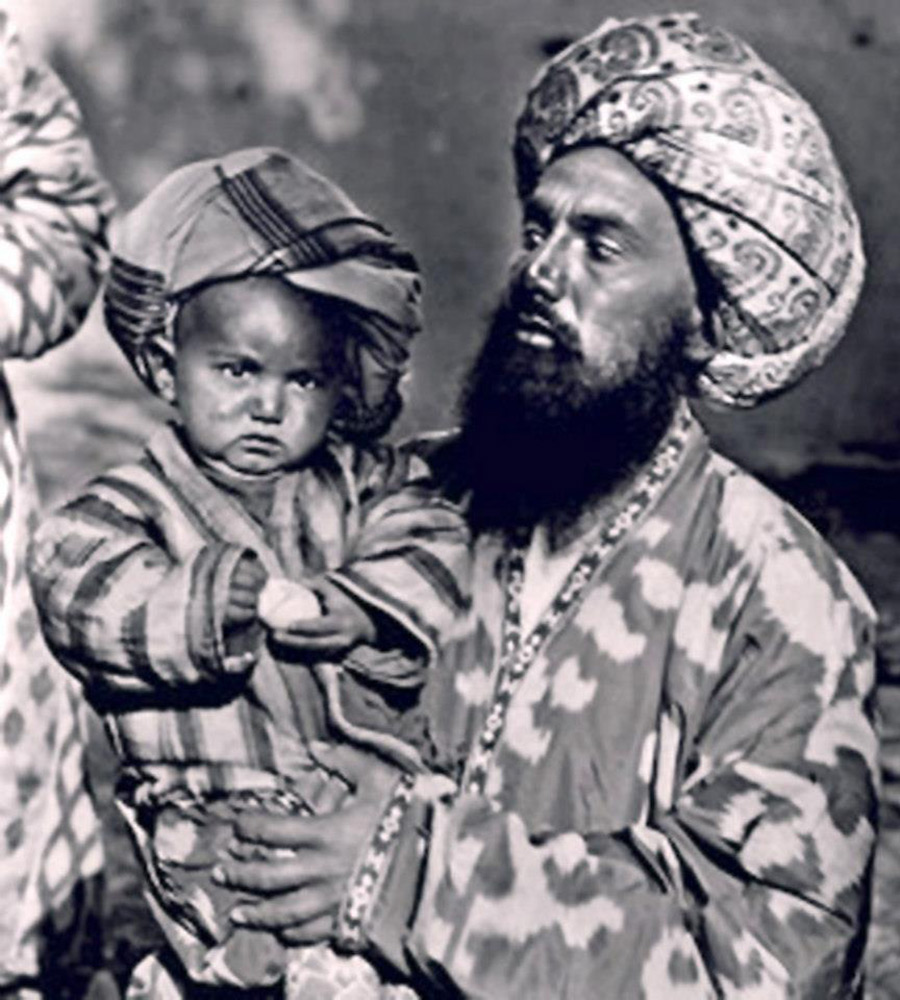
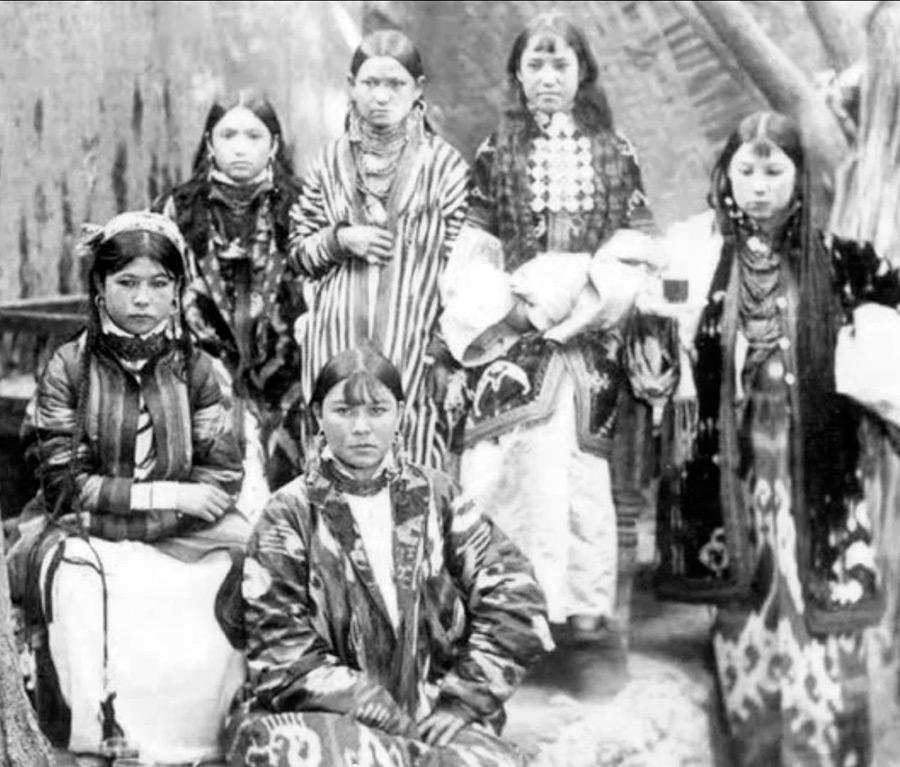
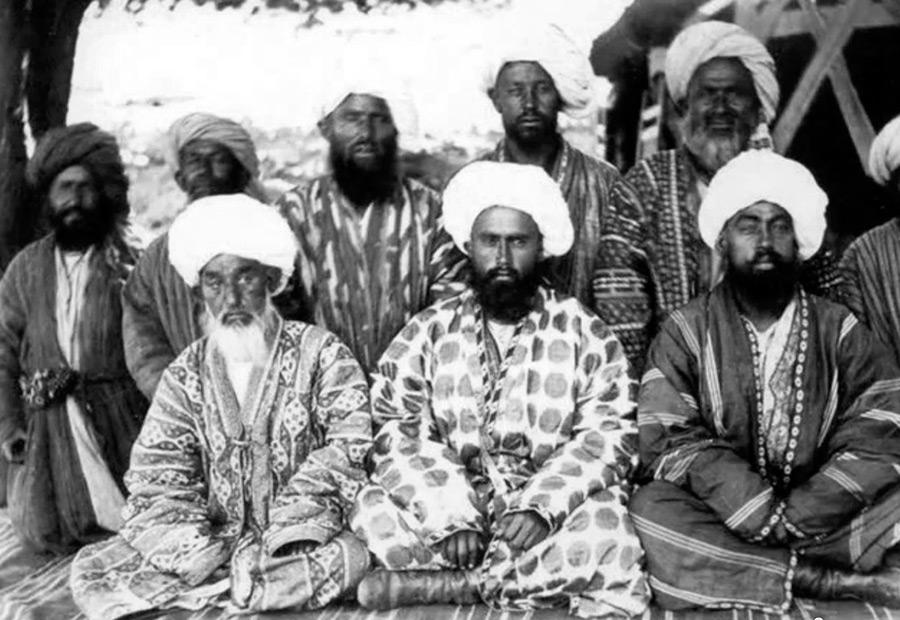
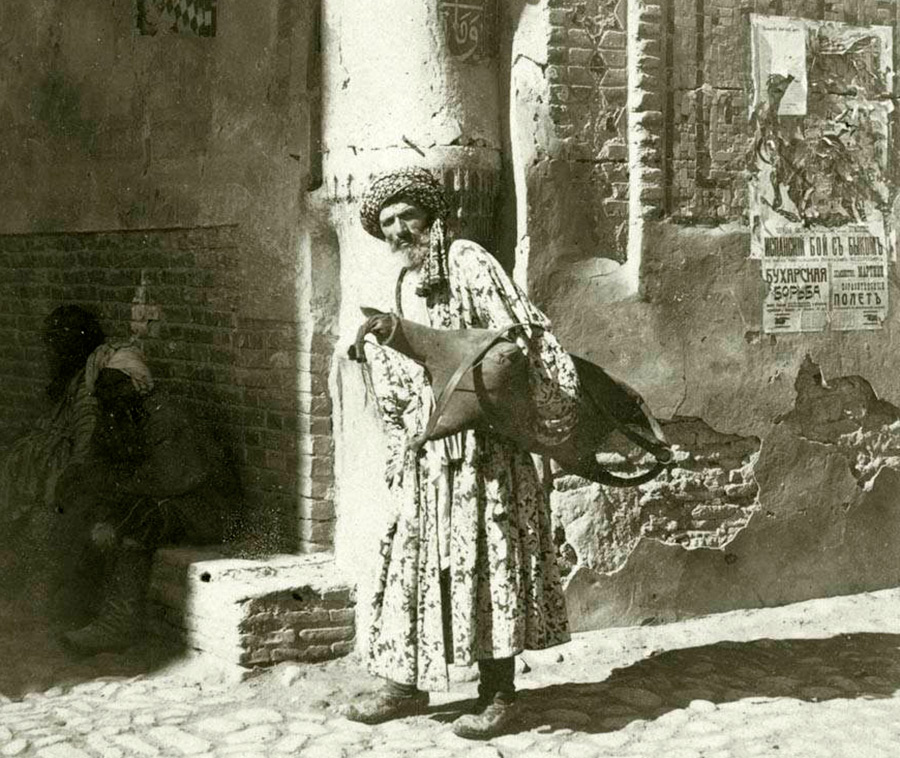
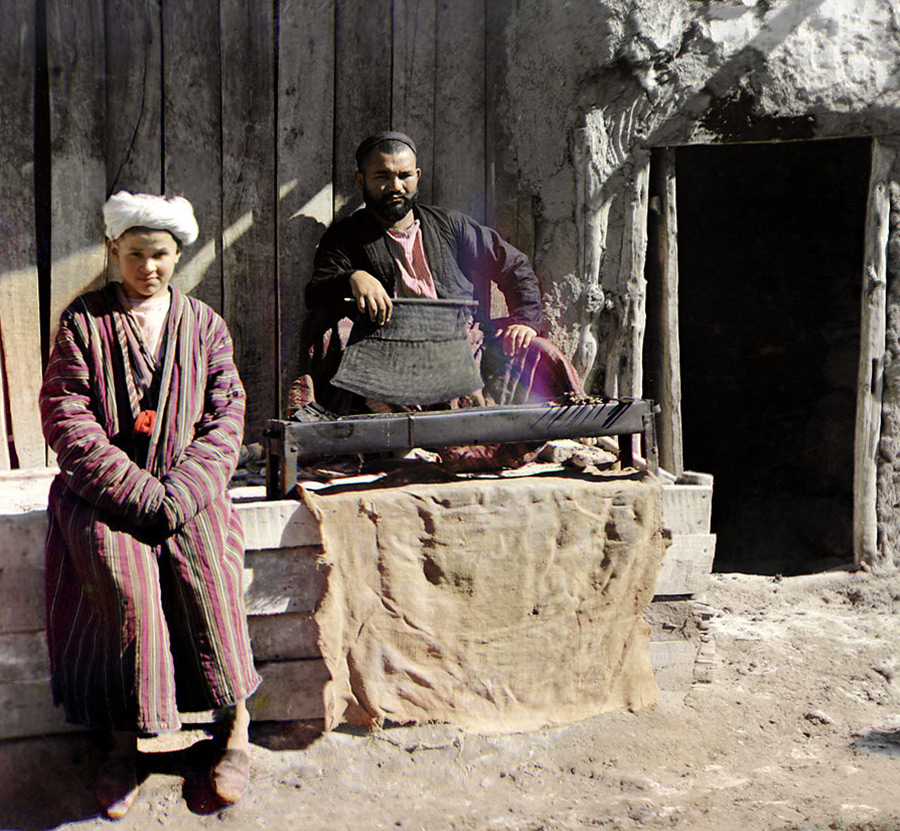
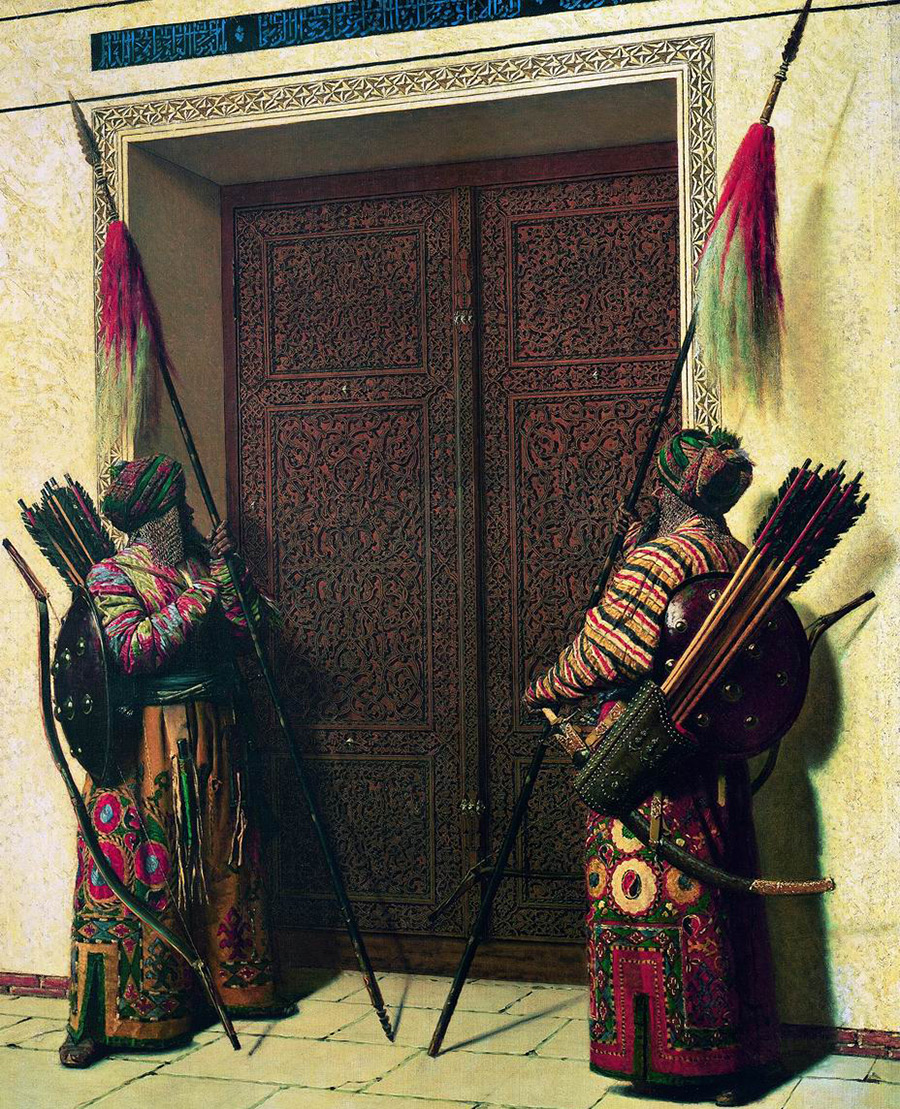
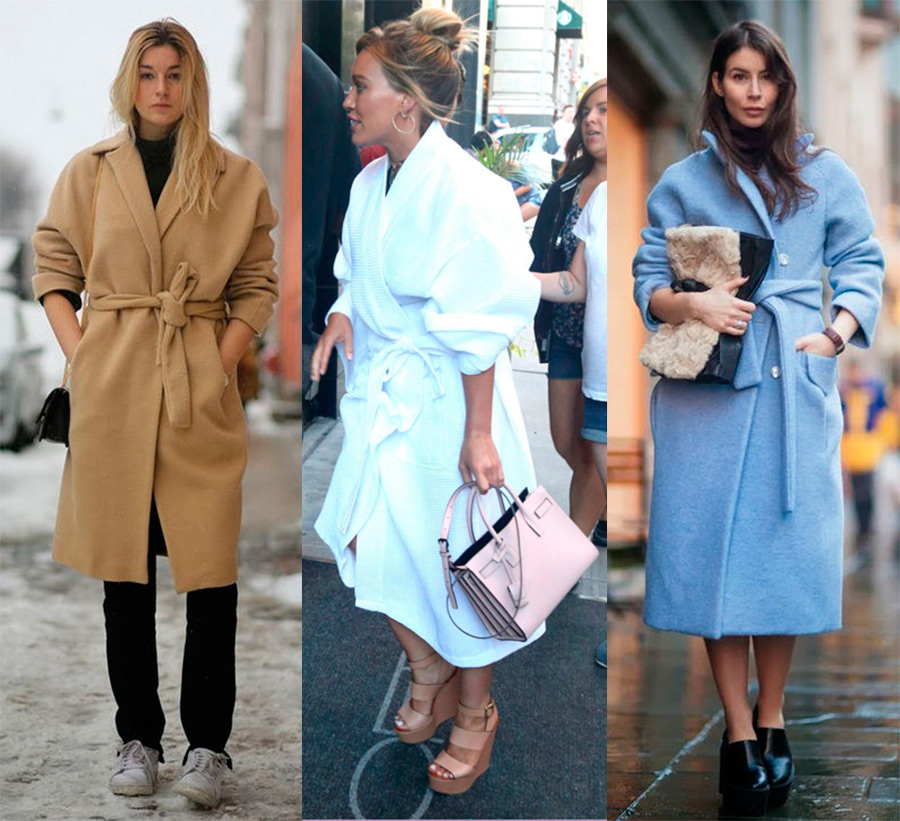
Comments and Reviews
Add a comment
Rating news
Shades of clothing that make women look younger
What shades of hair make women younger: rules and photos
Funny wedding dresses - photos and ideas
12 most expensive down jackets for the winter
How to look 25 at 40: tips from supermodels
Beautiful schoolgirls
Anti-aging haircuts and hairstyles for women
Fashionable skirts for autumn and winter
Fashionable women's trousers for the cold season
Fashionable and stylish sandals for summer 2024
Spring-summer 2024
 Fashionable dresses and tops with thin spaghetti straps
Fashionable dresses and tops with thin spaghetti straps
 Bandana tops: how to wear stylishly and beautifully
Bandana tops: how to wear stylishly and beautifully
 How to put together the perfect men's wardrobe for the summer
How to put together the perfect men's wardrobe for the summer
 Fashionable shorts for spring-summer 2024
Fashionable shorts for spring-summer 2024
 Fashionable skirts for spring-summer 2024: a guide to online shopping
Fashionable skirts for spring-summer 2024: a guide to online shopping
 The most fashionable dresses spring-summer 2024: styles and colors
The most fashionable dresses spring-summer 2024: styles and colors
 Fashionable total look 2024: ideas of images and trends
Fashionable total look 2024: ideas of images and trends

